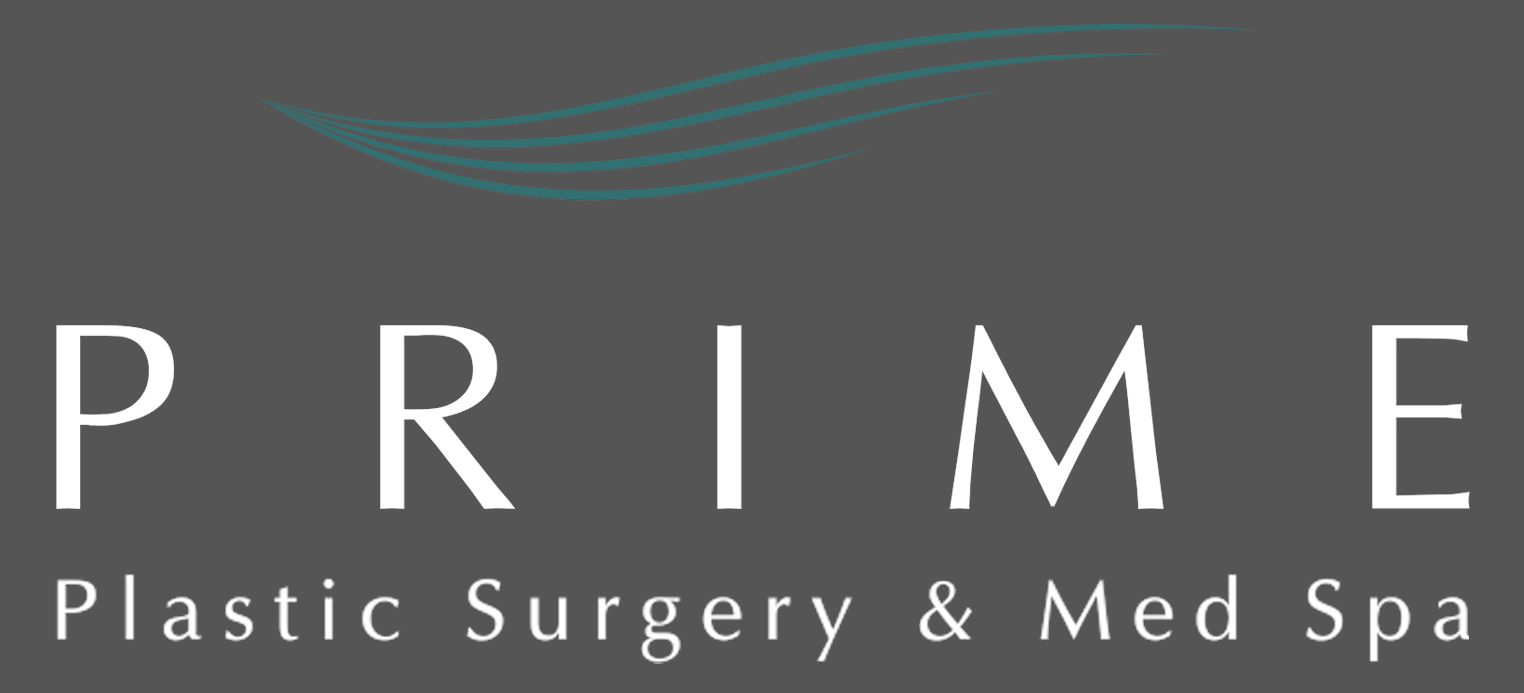Decades ago, a surgical facelift was the best option for anyone interested in dramatically changing unwanted signs of volume loss that come with age — sunken cheeks, deflated midface, and thinning lips.
Today, the growing popularity and availability of non-surgical, FDA-approved options have changed how we perceive total facial rejuvenation, making it easier for men and women alike to retain the hallmark qualities of youthful skin. Next to Botox, dermal fillers are the second most popular minimally invasive facial cosmetic procedure in the U.S.
Understanding How Dermal Fillers Work
Imagine coming in for a dermal filler appointment at lunch.
When you leave a couple of hours later, you can simply return to your normal routine and no one at work or home can tell (unless you want to share your wonderful experience with friends and family).
Before you make that appointment, it pays to know your fillers. There are more cosmetic injectables available than you realize, and it’s important to educate yourself on the various options out there. After all, forewarned is forearmed!
To help you determine truth from facial filler myths, read on as we explain how different dermal fillers can subtly change the way you look (subtly is the key word here), and soften the harsh effects of environment, lifestyle, and time on your face.
When to Think About Having Dermal Fillers
When it comes to non-surgical facial rejuvenation, all you need to remember are these three words: relax, resurface, and refill.
You’ll need Botox to help relax facial muscle contraction associated with wrinkles. Chemical peels can help resurface the skin and address issues that have to do with skin tone and texture. And then there’s refill — this is what dermal fillers do best.
In a nutshell, dermal fillers restore volume and fill in areas where soft tissue, fat, and collagen have dwindled. In contrast to surgical options, they’re easy to get and have minimal downtime.
Facial fillers are ideal if you want to improve the appearance of the following:
- You’re looking for ways to naturally add volume to your cheeks, lips, and jawline.
- You have scars and skin depression due to acne, skin issues, or previous injuries.
- You have lines and folds around your nose and mouth.
With fillers, you can expect natural, subtle results even with just a single treatment. It’s worth noting, however, that a dermal filler is a temporary solution with results lasting anywhere from 6 to 18 months on average.
The longevity of the stunning results you get from fillers will largely depend on the following:
- type of filler used
- how much was injected
- the area where it was administered
You can schedule future appointments for some filler upkeep. But if you don’t like what you see (which is quite rare if you find a reliable, knowledgeable injector), certain fillers have reversible effects.
Let’s move on to the different types of popular fillers and the issues they address.
Hyaluronic Acid Fillers
Hyaluronic acid (HA) is the most popular filler out there because it’s naturally compatible with the body. Naturally-occurring HA is mostly found in your skin, joints, and connective tissues. It can hold 1,000 times its weight in water, keeping your skin plump, hydrated, and young-looking. Unfortunately, your body’s supply of HA dwindles as you age. Hence, the need for HA fillers.
HA fillers can be used throughout the face, particularly in the lower two-thirds of the face including the nasolabial folds, vertical lip lines, and the marionette lines around the mouth.
According to a University of Michigan study, injection of non-animal-derived, stabilized hyaluronic acid also helps stimulate the production of collagen — a naturally occurring protein in the body, giving your skin that plump appearance.
FDA-approved HA Fillers include Juvederm, Restylane, Restylane Silk, Voluma, Perlane, and Belotero. Earlier this year, Allergan (the pharmaceutical company that owns Juvéderm) announced its newest hyaluronic acid dermal filler, Vollure XC. Vollure is FDA-approved for adults over 21, and results last up to 18 months — a full year longer than most fillers in the market.
Don’t be confused if there are variants of a specific filler. At Prime Med Spa, we offer Juvederm variants such as Ultra, Ultra Plus, and Vollure.
While they’re all made of the same thing, there are differences in how the hyaluronic acid particles in each variant are linked together, resulting in slightly different outcomes. This is why it’s important to talk to experienced injectors because they can recommend which variant works well with your facial rejuvenation needs.
Duration of results: varies but averages between 6 to 12 months.
Reversible: Yes. Done by injecting hyaluronidase, an enzyme that will negate the effects of the filler within 24 hours.
Collagen Fillers
You can choose between natural collagen or synthetic collagen fillers.
Natural collagen fillers don’t quite last as long as their synthetic counterparts. Polylactic acid or PLLA is the most commonly used synthetic collagen-producing filler and has been used in medicine for roughly four decades (e.g. stitches, dissolvable sutures). As facial fillers, they’re often used to reduce the appearance of deeper wrinkles.
Sculptra Aesthetic is an FDA-approved PLLA. To accomplish the most beautiful and natural results, you may have to schedule 3 to 6 treatments in advance. The filling gel stimulates your own body’s collagen production and will dissolve several days after treatment.
Duration of results: Results can last more than 2 years with continuous treatments.
Reversible: No
Calcium Hydroxylapatite Fillers
Calcium hydroxylapatite (CaHa) is a “mineral-like” compound that is mainly found in human bones.
Due to its thicker and heavier texture, results from these filler types are longer-lasting than HA fillers. They are often recommended to soften deeper folds and wrinkles and primarily contour the cheeks, jawline, chin, or nose.
Radiesse is an FDA- approved CaHA filler and it primarily works by stimulating the body to form new collagen. The calcium microbeads also add volume to the lips.
Take note that Radiesse should not be used on the lips because of its texture and color (white) which might show through the tissues. Radiesse can also be used to add volume to the hands.
Duration of Results: Usually a year or longer (up to 2 years for patients who undergo a dose adjustment treatment)
Reversible: No
Which Dermal Filler is Right For You?
Today’s dermal fillers are incredibly safe and can restore your fresh, youthful appearance with minimal or no downtime. But not all dermal filler providers are created equal.
The most stunning and natural dermal filler outcomes are a result of two things:
- Due diligence on your end to understand what’s best for you
- In-depth knowledge of facial anatomy, artistic finesse, and ability to customize treatments by the dermal filler provider
While dermal fillers produce beautiful results alone, they work best when combined with other treatment options. As part of our 10 Years Younger Package, we use dermal fillers plus other treatments to correct facial volume loss.
To determine what dermal filler or combined treatment is right for you, a consultation with our office is the best place to start.
To schedule your consultation with Prime Med Spa, contact us today.




